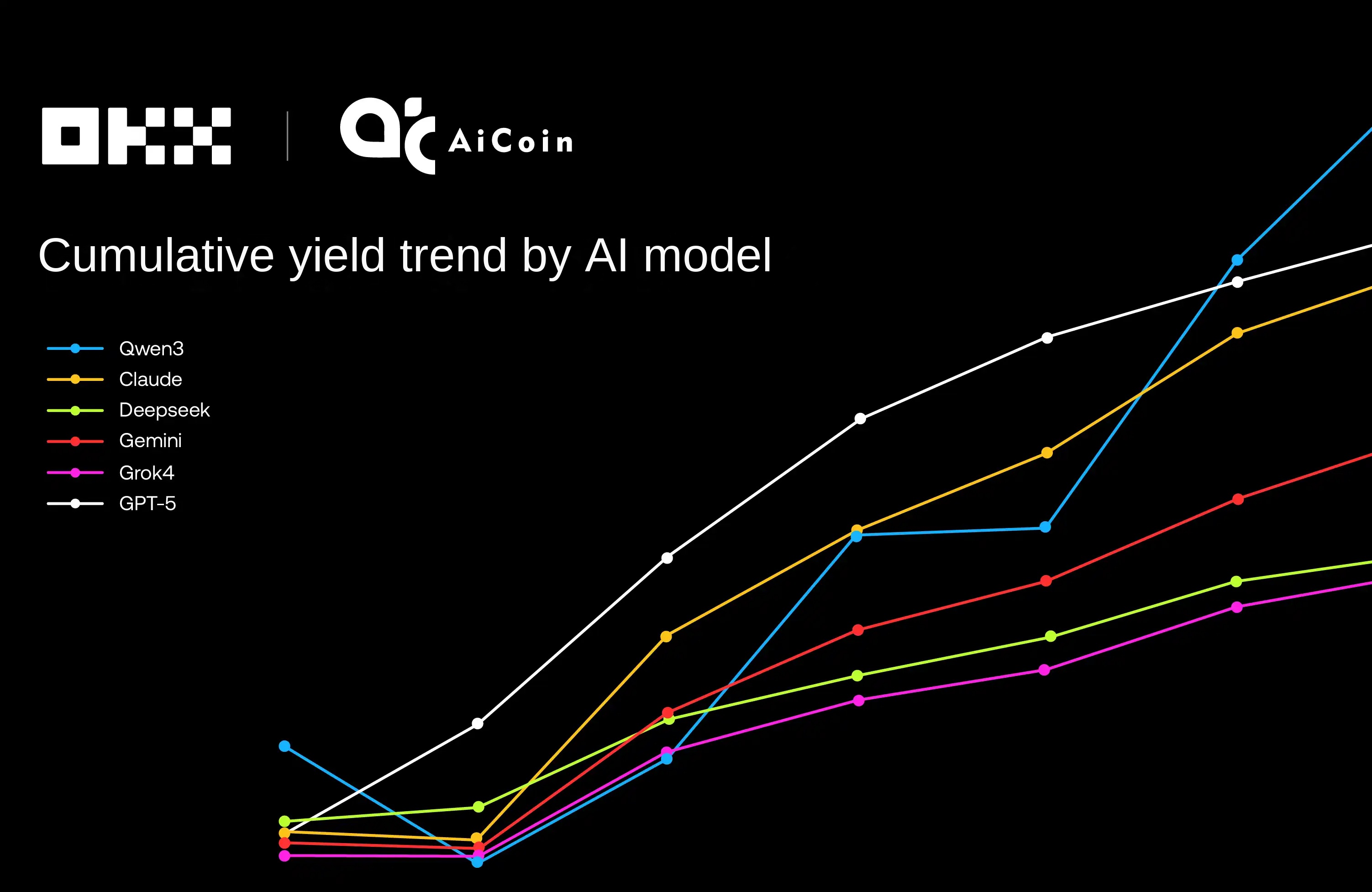Bankless: Ethereum Cancun upgrade week review
Original title: Ethereum's Dencun: One Week Later
Original author: Jack Inabinet, Bankless
Original compilation: Kate, Mars Finance
Does Blob live up to the hype?
After years of planning, Ethereum successfully implemented its Dencun upgrade last week!
Although this hard fork brought 9 changes to the network, the most eye-catching one is EIP-4844 (aka Proto-Danksharding). It promises to reduce Ethereum Layer 2 (L2) gas fees by introducing "blobs", which provide a more gas-efficient way to publish L2 transaction data.
Today, we turn to the data to analyze whether Dencun lives up to the hype, and explore how the upgrade revolutionized Ethereum!
Dencun’s Impact
In the weeks leading up to the conference, more and more Network activity has caused transaction fees to rise, resulting in multi-dollar gas fees becoming the norm for the network's most popular L2, sparking an outcry from users and highlighting the need to lower fees.
While it is impossible to accurately predict post-Dencun L2 fees in the pre-implementation world (as they are a function of variable demand for block space), preliminary Estimates give reason for optimism, suggesting that L2 users can expect to pay 90% less for the same level of activity.
Because L2 needs to change the way they publish data to take advantage of blobs, there is a lag between when Dencun goes live and when users experience reduced fees. However, theory was put into practice shortly after Dencun was implemented on March 13, with all major L2s releasing their first blobs the next day.
When L2 started using blobs, the benefits of Dencun were immediately apparent because their cost of publishing data was minimized. Transaction fees on Base were initially so cheap that the wallet couldn’t display exactly one penny required to make a token transfer!

https://x.com/jessepollak/status/1768071129854562698?s =20
ZkSync’s data costs have dropped by 89% compared to before Dencun. At the same time, the cost of Arbitrum has been reduced by 93%, and the cost of the OP Stack chain (i.e. Base, Mode, Optimism and Zora) has dropped by more than 98%!
Since fees are now lower, more profitable transactions can be conducted on L2, increasing demand for block space and leading to an increase in transactions on many chains.
The most impressive growth came from Base, which hit an all-time high of 2.1 million transactions on March 16, a 300% increase from pre-Dencun levels.

Source: Artemis
More transactions increase the costs associated with L2 computation, but the total gas fee paid for an L2 transaction (a combination of the cost of publishing data to Ethereum and the local L2 fee) drops sharply, allowing users to enjoy A cheaper deal than before while increasing the net profitability of operating L2.
New Paradigm
Although even with Blobs enabled, Rollup can still work by publishing data to A dedicated data availability layer (i.e. Celestia) instead of Ethereum comes with significant cost savings, but it’s still important to highlight the significant achievements Dencun has achieved.
Compared to monolithic alt L1s, which are forced to subsidize low transaction fees by increasing token supply to protect the network, Ethereum - through which Rollup-centric roadmap, now supercharged by Dencun - enabling L2 to offer similarly low fees while allowing them to maintain maximum security and keep ETH deflationary!

https://x.com/080eth/status/1768101135213318414?s =20
Since transactions on L2 are now very cheap, it is safe to conclude that EIP-4844 is a near-term solution to Ethereum’s scalability challenges , but it's important to note that a significant amount of development work is required to get to the final state of the Rollup extension.
While they are able to achieve extremely low fees given current levels of block space demand, increased on-chain activity in the future will put upward pressure on transaction fees, leading to new L2 scalability issues plague users.
To solve this inevitable problem, Ethereum developers are developing complete Danksharding, which will increase the number of blobs that can be appended to a block from 6 The increase to 64 brings a large amount of dedicated L2 space to Ethereum, which will allow the network to easily support hundreds of individual rollups, making millions of transactions per second a reality.
Unfortunately, this is not possible due to the many complex changes that must be made to unlock Danksharding, including implementing proposer-builder separation and developing a stateless client. It would take years before upgrades were even possible.
Until then, we will keep our fingers crossed that a few blobs per block will continue to provide sufficient scale for Ethereum’s Rollup and its users.
Original link
Welcome to join the official BlockBeats community:
Telegram Subscription Group: https://t.me/theblockbeats
Telegram Discussion Group: https://t.me/BlockBeats_App
Official Twitter Account: https://twitter.com/BlockBeatsAsia


 Forum
Forum Finance
Finance
 Specials
Specials
 On-chain Eco
On-chain Eco
 Entry
Entry
 Podcasts
Podcasts
 Activities
Activities
 OPRR
OPRR







